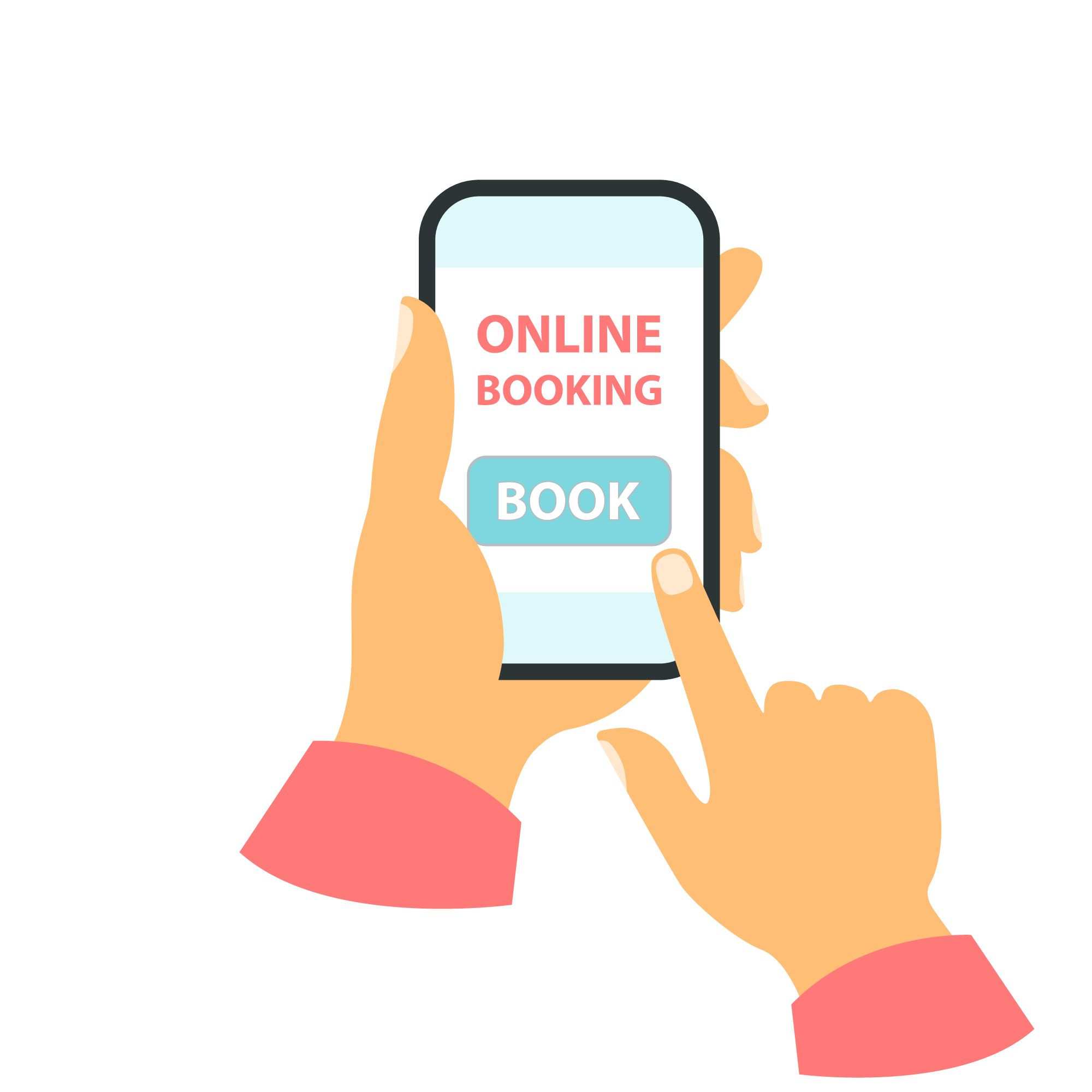Content Marketing Maturity - The 3 Phases of Content Strategy

In my many years working in content marketing, I've seen a lot of companies come and go. I've watched companies launch one large-scale online marketing push, only to fizzle the next month. I've seen companies that, after seeing a small online success, continue the same strategies-at best maintaining that early success-only to slowly lose customers, with no hope of reaching their true potential.
And then I've seen companies that really get it.
These companies know you can't simply maintain, or reinvent a once mildly effective wheel. They understand that just like your business, your content marketing strategy has to mature with time.
Building a successful content marketing operation is a lot like launching a startup. In the early days, you'll try anything to reach your potential customers, but as you grow, you learn from mistakes, build upon successes and develop a clear path and direction.
The more you grow, the clearer that path becomes. Like every great company, your content marketing strategy must develop over time, and you must learn from each success and misstep, letting your brand speak for itself.
Fortunately, you don't have to guess at what your next step should be. There are three clearly defined phases for successful content marketing strategies, which can help guide your marketing efforts.
Phase 1: Spray and Pray
Many content marketing campaigns start out trying to accomplish everything, yet never mastering anything. Their content marketing efforts are often assembled and implemented quickly, focusing on what they've heard they must do, rather than what will actually work for their company.
There's a general misunderstanding that in order to succeed in today's hyper-connected work, all you need is a presence everywhere. So companies in this phase attempt a little of everything: Facebook ads, boosted posts, Twitter shares and mass, unsolicited email blasts.
That said, there is little to no effort to create a consistent or unified message, but rather multiple messaging strategies are attempted at the same time. Since the company has yet to establish a clear audience for its products or services, they are instead trying to appeal to everyone in every possible way.
If this sounds like you, don't feel bad. Most companies go through this phase. You may not know yet whom to market to or how to reach them-this is your chance to figure that out. Hopefully, you recognize that this is your approach and can get out as quickly as possible. But just in case, ask yourself this question:
Do you know whom you're marketing to?
If the answer is everyone, you're still in the first phase. If you can name a primary demographic, with some secondary groups you're hoping to expand to in time, your content strategy has matured, and you're ready to move on to Phase 2. Congratulations!
While we don't encourage companies to stay in this first phase for very long, it's sometimes a necessary starting point as you discover your strengths and weaknesses, feel out the market, and learn which groups respond best to what you have to offer. Just keep in mind that the results tend to be spotty at best-and long-term success in this phase is rarely possible. The sooner you can move to Phase 2, the better!
Phase 2: Making a Connection
Now that you've spun your wheels and kicked up plenty of mud, it's time to assess your situation and determine your clearest path to success. That means:
- Compiling your data
- Looking at which of your early strategies had success and which failed
- Pinpointing the audience most likely to respond to the solution you're offering
In this phase, companies stop trying to appeal to everyone and instead focus on a very specific target audience. In doing so, they are able to study that group, pull from existing research and examples, and make conscious changes to their messaging to appeal specifically to that group.
For example: If you're providing a product or service that resonates best with the 50+ crowd, your language should appeal to their maturity, and your content should focus on issues that matter to them: retirement, financial security, health, etc. Researching this group should look something like this:
- Identify common problems and create your content marketing around how your products or services can help them
- Focus on tools they use. Pew Research Center found 64 percent of Internet users ages 50 to 64 use Facebook, but only 13 percent use Twitter
- Likewise, target websites that cater to your demographic
Rather than throwing content everywhere, focus on a handful of channels and develop a sophisticated, interconnected content strategy, tailored to your target audience. The messaging in each channel should not only mirror each other, but also continue a conversation you started with the customer in another channel.
Building a content funnel
You should be creating a content funnel, in which one point of contact leads prospective customers to another, and to another, ultimately guiding them toward a sale.
Ideally, this conversation flow can be automated, using tools like HubSpot Workflows to move your consumer from one content point to the next. A typical content funnel consists of four stages:
- Awareness. Seeing your Facebook ad creates an awareness of the customer's problem and your solution.
- Interest. The linked blog provides additional information, increasing the customer's interest in your product or services.
- Desire. After signing up for your newsletter, the customer receives an email which builds from your blog and creates an immediate need or desire for your product.
- Action. By clicking the link within the email, the customer is taken directly to the product page on your website.
The exact paths through the content funnel may vary, and your content strategy may consist of more or fewer stages. For example, this sales funnel only uses three phases. However, the idea of funneling your customers through multiple layers of marketing content is key to this phase and ultimately to progressing into Phase 3.
Phase 3: A Content Destination
Once you have created a targeted campaign and are effectively speaking to prospective customers on a variety of successful content channels, it's time to look for ways in which you can lessen the need to seek out new clients, letting them find you instead. To do that, you need to become a trusted thought leader within your field.
At this point, your goal is to create a platform where consumers will come to learn more about a specific topic.
Having a rich blog filled with quality content is essential, but you also need to begin backing your content with credentials. You can do this by providing interviews with well-known experts, just as AskMen did in this interview with Deepak Chopra.
Not every company can afford to partner with a big-name expert, but there are still plenty of ways to find qualified professionals in your field such as with Followerwonk.
In addition to seeking credibility through influencers, companies in Phase 3 also recognize the need to invest in their people technology. They:
- Hire design specialists, experienced writers and editors, community managers and web designers
- Use sophisticated content management tools to create, publish, and manage their content marketing efforts across all of their channels.
Every company should aspire to reach Phase 3 in their online marketing efforts, but don't expect to get there overnight. You can't establish yourself as a content destination until you've first established yourself. While I suggest getting out of Phase 1 as quickly as possible, don't try to rush through Phase 2. Stay there as long as it takes to build your audience and position yourself firmly within your industry.
Read this article to discover how long it takes Google to rank your content.

Subscribe to Our Newsletter!
Latest in Software








